Thinking Like the Web
Anant Agarwal, CEO of EdX, describes MOOCs as the next-generation textbooks. As I was savoring Unit 3 of #CCourses, I tried to think about how students would respond to such a textbook. There’s a lot of information offered by the course, but we don’t have to cover all of them during these two weeks. When I first landed on the course, I was overwhelmed by the sheer volume of content and readings available. This week, I’ve learned to take it slowly, thanks to fellow #CCourses colleague, Tania Sheko, who blogged about learning “slowly” as an art to cultivate. She herself had read the New York Times article by Rosenbloom and compared learning at a museum to learning from #CCourses. Brilliant remix and repurposing. I believe we have to prepare our students in a certain way about the difference between a regular course and a cMOOC that is a next-gen text.So I’ve tried to savor Unit 3 and consequently, it’s taken me a while to post this piece. Since we were learning how to think like the web, I thought about how I was learning by being more conscious about where I had been fluttering around the web. The following sketch sums it up.
Note: Papa and Mama, this is my first drawing/sketchnote since your passing. It is dedicated to you both with much love.
- I read a few articles from Unit 3, notably Jon Udell‘s writings and his fascinating screencast of how volunteers created the Heavy Metal Umlaut Wikipedia page.
- I was in and out of the webinar hosted by the panel of Unit 3 facilitators. Gardner Campbell likened Jon Udell’s phrase, “awakening grains of sand” to the powerful learning that can happen when people connect and realize that a gap in their knowledge can be filled by bits of information published by other participants on the web. And that these bits of information can amount to a lot of learning over time; learning that is self-directed and interest-driven. I heard Gardner use the phrase, “virtual beach” to refer to the web, hence my attribution of that quote to both. Let me know if I’ve misquoted anyone.
- What really helped me a lot during this Unit was reading some blogposts of #CCourses learners and commenting on their blogs. These led to a bit of conversation which made me feel that the course wasn’t static but alive and filled with interesting people who were figuratively, pollinating other plants to facilitate fertile development.
- Visiting these blogs led me to new articles and books, such as the quirky publication edited by Paper Monument, Draw it with your eyes closed: The art of the art assignment, which I discovered by reading Life Speed Bumps blog by Laura Jones. You can check my sketchnotes to see the two other blogs I visited and documented. Of course, there are blogs I visited and did not leave behind any comments, sorry!
- I love the #DailyConnect feature. I used the Quozio app to create my nugget:
Text-only description: Access to knowledge, access to publishing. Motivation and context. If an educational system embraced these principles, what would it look like? Willinsky challenges us to figure it out, and anyone with a stake in education—which is to say, everyone—should be asking and trying to answer that question. – Jon Udell, 2006, Reimagining Education.
- Last but not least, this Unit motivated me to read the article, The impact of open textbooks on secondary science learning outcomes, in the latest Educational Researcher, 43(7). The drive to find data that heighten and validate the power of open resources is critical. I will write a bit more about this later. I don’t want to make this post longer than it should be though.
Tomorrow, we will have our Connected Courses Meetup. Maybe I’ll have more to add to this draft.Oct 23, 2014: Sorry if you tried commenting and your comment vanished. I had the embedded comment form which I’ve now removed. If you sign in as Anonymous, Blogger will make you pass the Captcha test even though I’ve turned it off. It’s an added layer of security they have imposed. I can’t do anything about it.
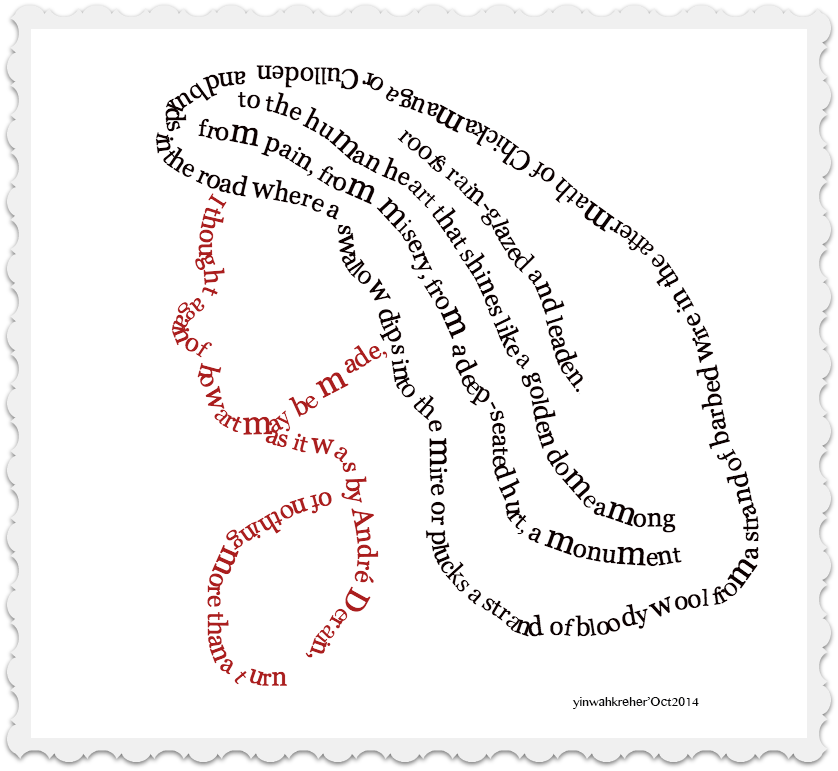
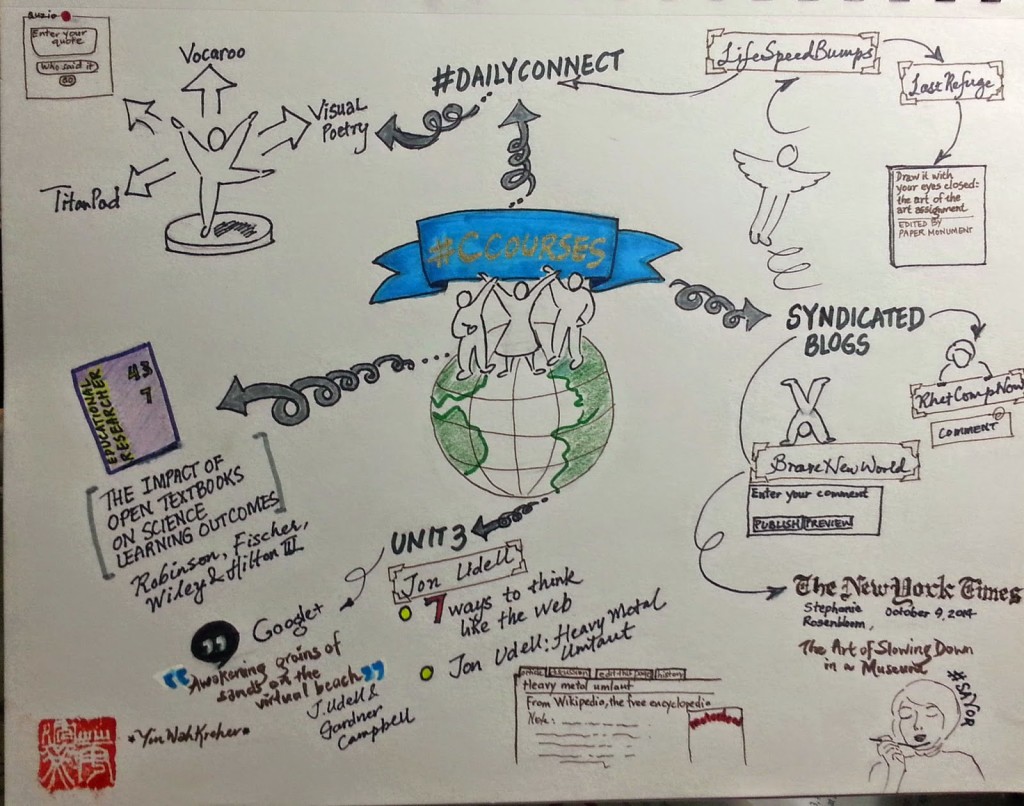
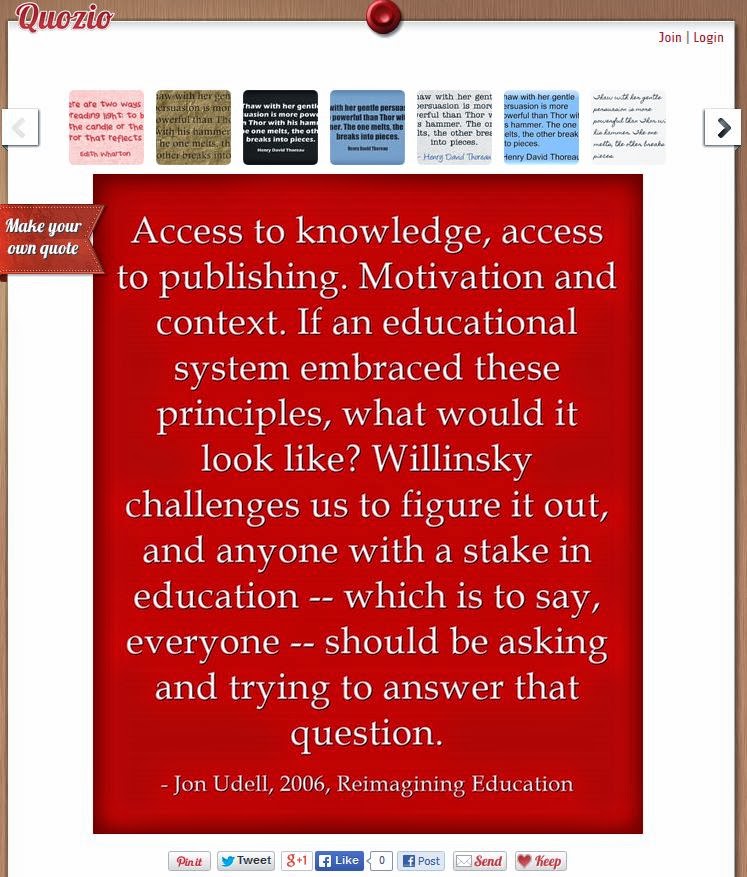
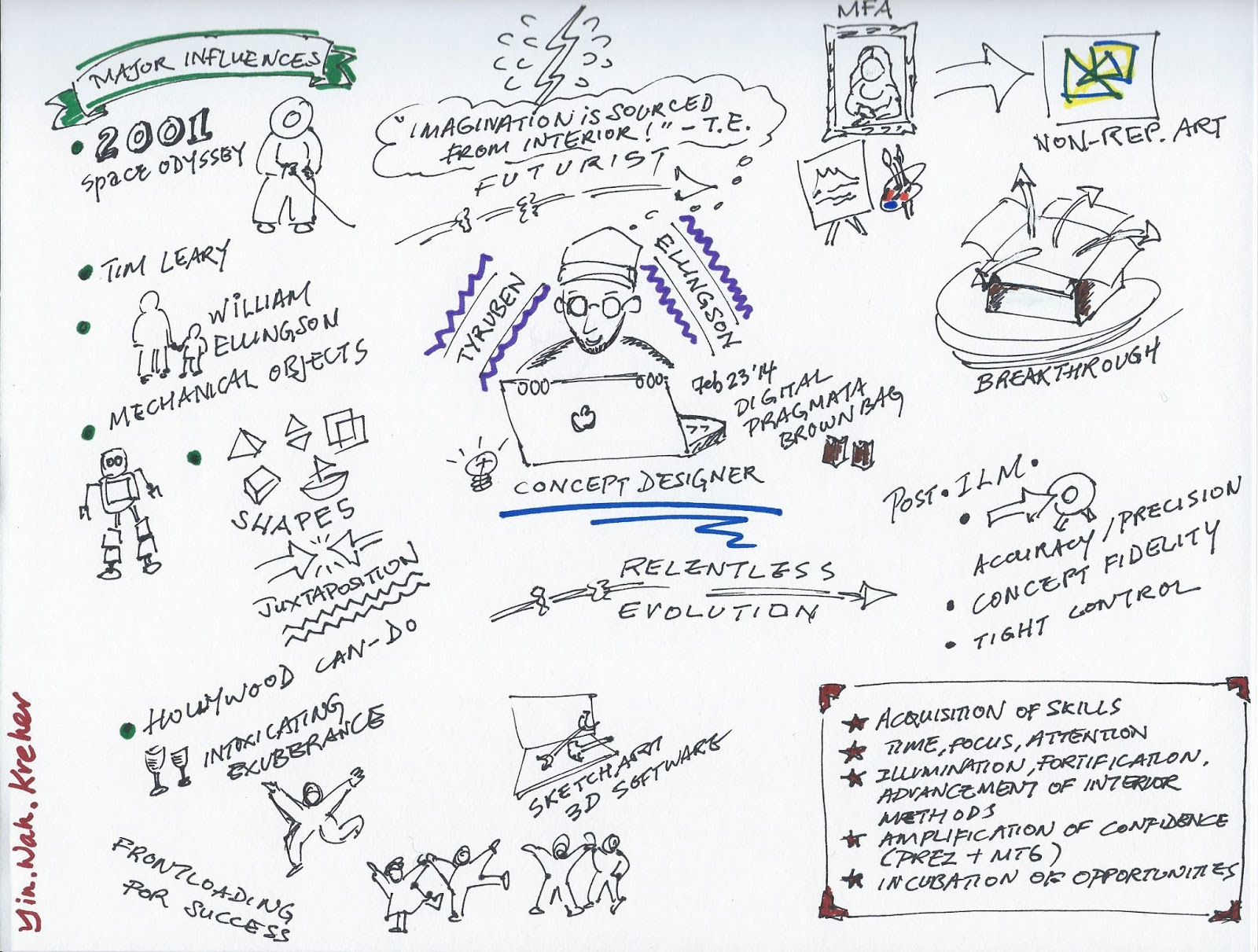
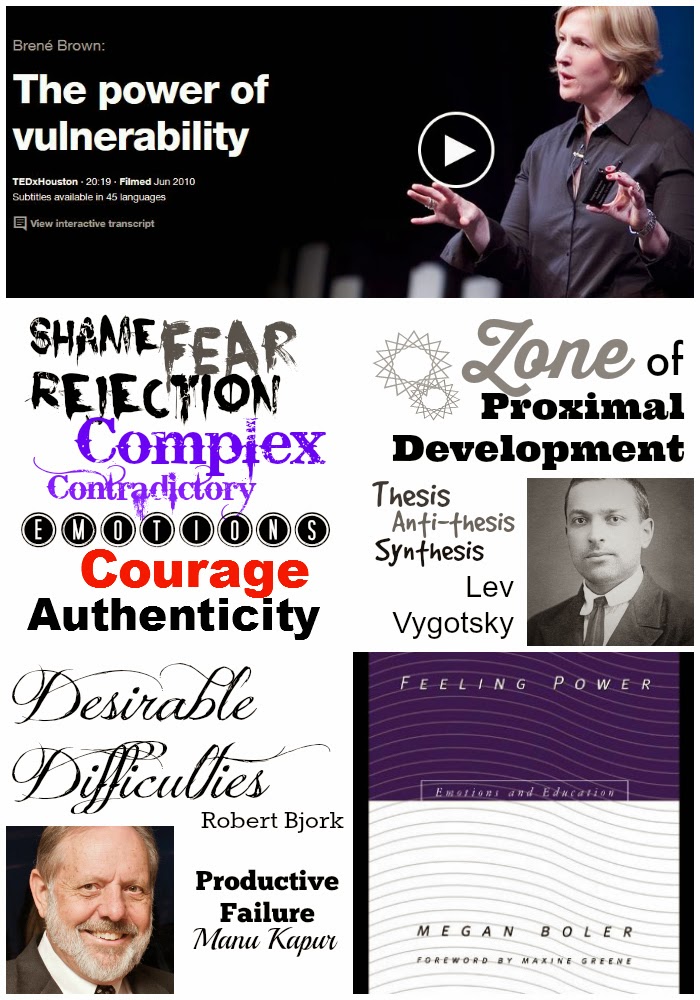
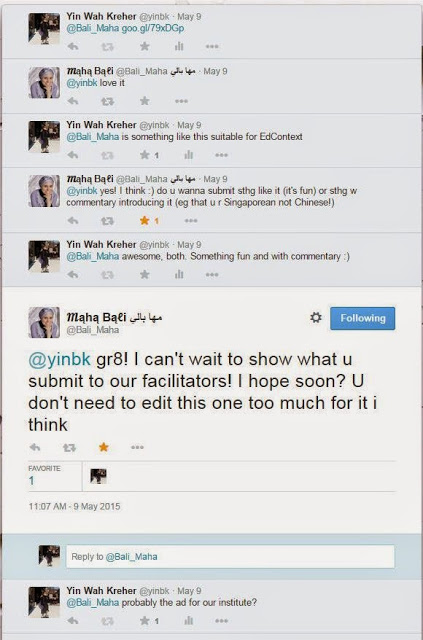
4 Comments
tsheko
Hi again, Yin Wah. Hopefully this time my comment won't disappear. Crossing my fingers. I enjoyed reading your post – thanks for the mention. I'm trying to take things slowly too which means resisting half reading many things without the reflection. It makes me realise how futile overcrowded reading lists are for students. In this case you can imagine they just read to catch up and don't have time to sit and think about anything – not to mention share their thoughts with a community. Thanks for the link to Jon Udell's Wikipedia editing – I hadn't seen that. I'd like to use it for our upcoming Digital Citizenship session with year 10 students. I appreciate you taking time to link to things; sometimes I'm too rushed to do that but it's valuable. It's nice to meet you, and your tweets have provided me with some excellent things to pursue!
ywbkreher@gmail.com
Finally! It's working. Gosh, if you hadn't told me I wouldn't have known about this glitch. So merci beaucoup! Greetings from the USA, Tania, thank you for dropping by. I think that it's not just overcrowded lists alone that need to be changed, but we as facilitators need to provide a thinking culture and create a thinking environment. I hope this summer to teach a course centered on these passion of mine. Thanks to #ccourses for connecting us!
Susan Watson
I really love the graphic! And your reflections have validated many of my own. Great post.
ywbkreher@gmail.com
Thanks for dropping by to connect. I've been busy with many things and haven't been able to get to #ccourses as much. Your post on your struggles was heartwarming. I hope you felt supported in many ways. The "dumping of the heart" can seem vulnerable but courageous conversations have seen results, non?